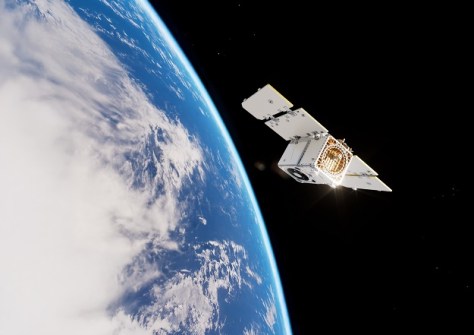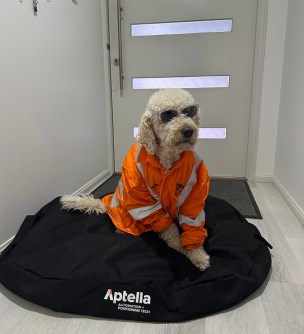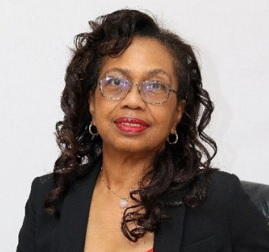
Welcome to the latest instalment of Spatial Snippets, in which we bring you a round-up of all the bits and pieces of geospatial news that didn’t make it into our normal daily and weekly coverage.
Following its company rebranding from Position Partners, Aptella has recycled old staff uniforms to create a range of dog beds for employees’ pets. “Textiles are a significant landfill contributor, so as part of our rebrand we explored ways to reduce waste and support the circular economy by recycling our old uniforms,” said Gina Velde, Executive Group Manager of Systems at Aptella.

“Unlike other clothing, branded uniforms can’t be given to charity shops or repurposed, so when we learnt of RWW Group’s recycling program it seemed like the perfect solution. They have been extremely popular and judging by the photos, have the tick of approval from our four-legged friends!”
Planet Labs’ latest satellites, a Pelican smallsat and 36 SuperDove nanosatellites, were launched into orbit on 14 January aboard SpaceX’s Transporter-12 Rideshare mission. According to Planet, “Pelican-2 is designed to provide up to 40 cm class resolution imagery across 6 multispectral bands optimised for cross-sensor analysis”. The company says it “has collaborated with NVIDIA to equip Pelican-2 with the NVIDIA Jetson platform to power on-orbit computing — with the aim of vastly reducing the time between data capture and value for customers”.
Also launched aboard the Transporter-12 mission were four new synthetic aperture radar (SAR) satellites for ICEYE, a Finnish firm. ICEYE has now launched 44 satellites into orbit for itself and its customers, and plans to launch more than 20 new 25cm-resolution satellites each year from 2025 onwards.
In the UK, Colin Hughes has been appointed as the new Chair of the Ordnance Survey; his term will begin on 9 March 2025. Hughes has previously held leadership positions in the education, publishing and media sectors, including Managing Director of Collins Learning, and Managing Editor and Deputy Editor of The Times.

Also in the UK, Justin Sullivan has been installed as the Royal Institution of Chartered Surveyors’ 143rd President. At his inauguration ceremony, Sullivan noted that the surveying profession has an important role to play in improving the lot of people all around world, such as the need for 96,000 new homes to be built every day in order to meet global needs.
Still on appointments, and Dr Charisse Griffith-Charles (Trinidad & Tobago) has been appointed president of the Commonwealth Association of Surveying & Land Economy (CASLE) for the period 2025 to 2028. Dr Griffith-Charles is currently Senior Lecturer in Cadastral Systems, and Land Administration and Head of Department of Geomatics Engineering and Land Management in the Faculty of Engineering at the University of the West Indies, St. Augustine.

And one more from the UK, where the government has opened nominations for its annual Geography in Government Awards, which seek to highlight “the importance of geography and spatial thinking in the design and delivery of public policy”. Nominations close on 28 February, and the awards will be presented in June as part of the Royal Geographical Society Awards ceremony.
This year will see the Group on Earth Observations (GEO) celebrate its 20th anniversary. As part of the birthday activities, the GEO will hold the first GEO Global Forum and put into action its Post-2025 Strategy Implementation Plan.
Ocean bathymetry organisation GEBCO has released its Strategy 2024-2030 (PDF), which outlines its vision, mission and objectives for the second half of the current decade. GEBCO says it will “focus its efforts on providing data that support information and knowledge on the shape of the seabed” by being active across five pillars: data; technologies and standards; capacity; community; and governance.
Finally, you’ll be pleased to know that the International Earth Rotation and Reference Systems Service has elected to not introduce a leap second at the end of June 2025. The difference between Coordinated Universal Time UTC and the International Atomic Time (TAI) will therefore be UTC-TAI = -37 seconds. Leap seconds can be added to — or even subtracted from (although that hasn’t happened so far) — UTC at the end of December or June each year, as required.
Do you have a Spatial Snippet to share? Let us know by sending us an email.
And make sure you don’t miss out any geospatial news from across Australia and around the world — subscribe to our free weekly Spatial Source newsletter, sent out every Wednesday morning.






